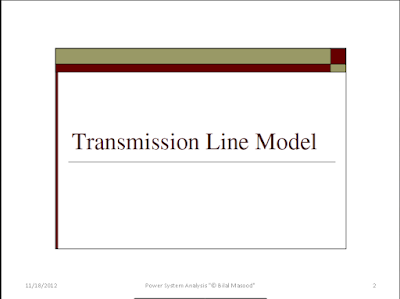The transmission line having its effective length more than 80 km but less than 250 km is generally referred to as a medium transmission line. Due to the line length being considerably high, admittance Y of the network does play a role in calculating the effective circuit parameters, unlike in the case of short transmission lines. For this reason the modeling of a medium length transmission line is done using lumped shunt admittance along with the lumped impedance in series to the circuit.These lumped parameters of a medium length transmission line can be represented using three different models, namely-
- Nominal Π representation.
- Nominal T representation.
- End Condenser Method
Let’s now go into the detailed discussion of these above mentioned models.
Nominal Π Representation of a Medium Transmission Line
In case of a nominal Π representation, the lumped series impedance is placed at the middle of the circuit where as the shunt admittances are at the ends. As we can see from the diagram of the Π network below, the total lumped shunt admittance is divided into 2 equal halves, and each half with value Y ⁄ 2 is placed at both the sending and the receiving end while the entire circuit impedance is between the two. The shape of the circuit so formed resembles that of a symbol Π, and for this reason it is known as the nominal Π representation of a medium transmission line. It is mainly used for determining the general circuit parameters and performing load flow analysis.medium transmission line
Nominal T Representation of a Medium Transmission Line
In the nominal T model of a medium transmission line the lumped shunt admittance is placed in the middle, while the net series impedance is divided into two equal halves and and placed on either side of the shunt admittance. The circuit so formed resembles the symbol of a capital T, and hence is known as the nominal T network of a medium length transmission line .
End Condenser Method
In this method, the capacitance of the line is limped or concentrated at the receiving or load end. This method of localizing the line capacitance at the load end overestimates the effects of capacitance.
Book
- Power System Analysis by Grainger and W.D. Stevenson
- Power System Analysis and Design by J. Duncan Glover,Mulukutla S. Sarma and Thomas J. Overbye
- Power System Analysis by Hadi Sadat
- Principles of Power Systems by Mehta
Author Bilal masood
lecture 07
Type ppt
Availability Available online
For read this book online or Download click the below link


No comments:
Post a Comment